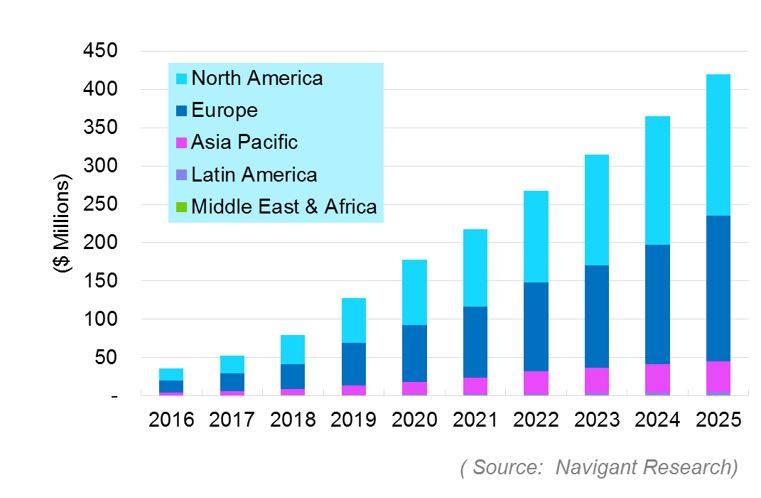3 Ways to Power LED Lighting in Your Digital Building
As more building systems - including lighting - move to the enterprise network, LED lighting deployment is gaining popularity in commercial buildings. This type of lighting system is energy efficient, requires less maintenance and fewer lamp change-outs, integrates well with lighting controls and can cost less to install and operate than other types of systems.
There are three ways to power LED lighting in a building through your Ethernet network, based upon budgets, desires and requirements—we’ll cover them here so you can decide what will work best for your situation.
1. Centralized Power over Ethernet
Power over Ethernet (PoE) lighting – also referred to as PoE LED lighting—operates on direct-current (DC) power that is delivered to fixtures. Instead of requiring traditional electrical AC wiring, it utilizes low-voltage category cabling.
A PoE switch located in the telecom room powers LED lighting fixtures. This provides the efficiency and convenience of centralized management, allowing individual fixtures to be monitored, managed and controlled remotely.
The switches used in centralized PoE environments however, can sometimes limit the power available for LED fixtures. Depending on the type of network switch and the wattage level (e.g., 60W per switch port), the switch may only allow you to utilize 50% to 65% of the switch ports to deliver 60W. In the case of delivering 60W per port in a 48-port switch, only 33 of the 48 could supply 60W.
Powering LEDs via PoE doesn't require an electrician for installation or moves, adds and changes, which reduces project costs-not to mention the energy costs saved by deploying LEDs. Lighting can be reconfigured as necessary without a qualified electrical contractor onsite, and can be designed without finding a nearby AC power source to plug into.

Global PoE Lighting Revenue by Region
2. Distributed/In-Ceiling Switches
The second way to power LED lighting is through distributed or in-ceiling switches (vs a PoE switch located in the closet delivering power to lighting fixtures).
Opting for in-ceiling switches results in the loss of centralized management, which means that switches are not located in a single, easily identifiable location—but all switch ports can be used to deliver power, unlike with centralized PoE deployment. Each in-ceiling switch requires individual management and replacement, which adds to logistical complexity.
A local power source (AC power outlet) is required near the in-ceiling switch for the light to function. Fixture placement depends upon location of AC outlets (or AC outlets will need to be installed close by if they don't already exist). A qualified electrician is required to install new AC outlets if moves, adds and changes cannot be supported with the existing LED system that utilizes in-ceiling switches.
3. Gateway
The third option to power LED lighting is through the use of a gateway. This provides you with centralized control of the LED lighting system through some type of access, such as a distributed low-voltage power (DLVP) gateway. The gateway acts as the local power source, serving as the device in the ceiling that distributes power.
DLVP technology was designed for simplicity, and to be a quick, plug-and-play installation by an electrical contractor. Although an electrician is required for the initial LED deployment, the LED lighting system can be reconfigured at any time without system rewiring - thus, providing you with options beyond using only an electrical contractor.
Before you decide how to power your LED lighting system, consider these three options carefully. Each has unique pros and cons. If you’re not sure which approach is best, contact us—we can help you decide what your current infrastructure will support.
